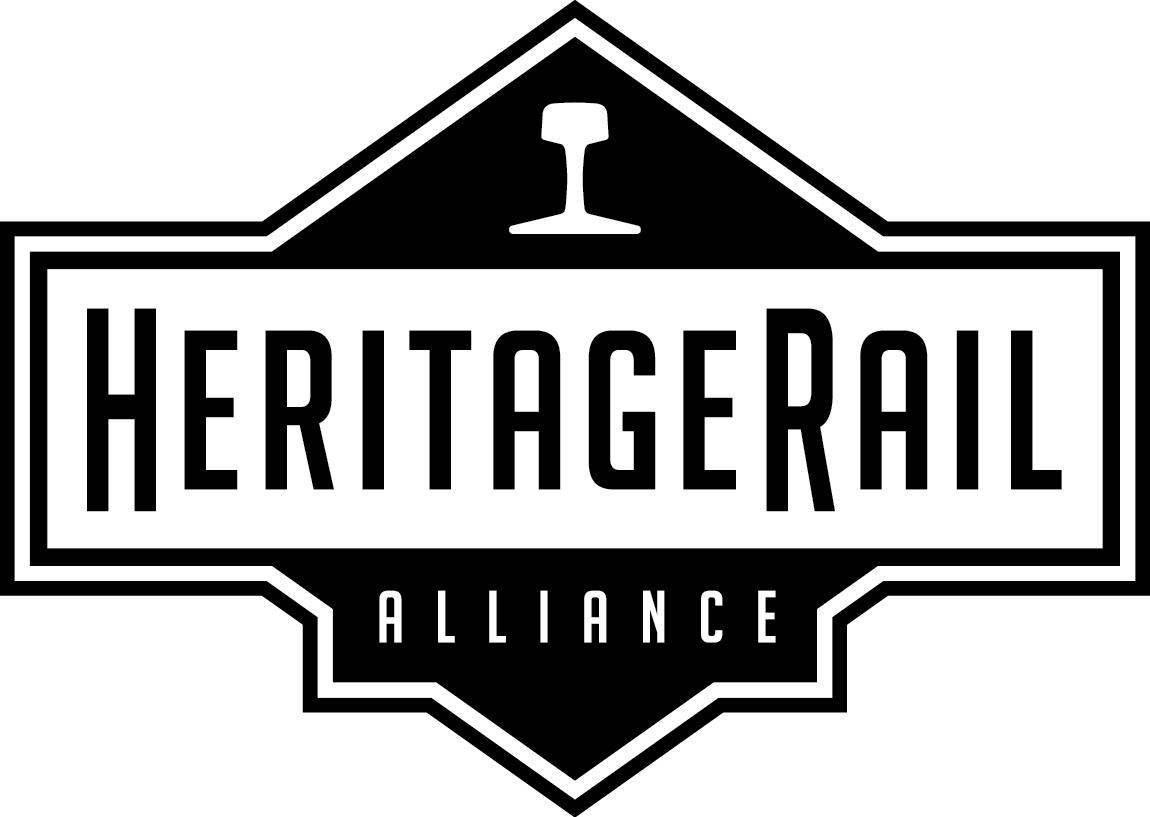
By Mark Walker, Heart of Dixie Railroad Museum
Originally built in 1926 by the Pullman Company, this railroad passenger car contained 10 sleeping sections, an observation lounge, and an open platform at the rear. Utilized in Pullman passenger service, the car received the name Mount Gibbs. By 1938 Pullman removed the open platform and replaced it with rear-facing picture windows for better viewing from the lounge. During this remodeling period, the car was renamed Alabama. In 1948 the car was sold to the Louisville & Nashville Railroad, who in turn leased it back to Pullman. In March 1954 the car was withdrawn from lease and rebuilt into Tavern / Lounge car number 3050, Alabama Club. This remodeling project removed the picture windows and the passenger sleeping sections. The car then received a lounge makeover that provided seating for 14 guests and a tavern section which accommodated 24 patrons. This tavern section provided table seating for light eating and drinks. A serving bar separated the Tavern from the Lounge. To provide partial separation between the bar and the tavern, two large etched glass partitions were installed. One etching contains the car’s name, while the other etching depicts the Alabama Statehouse. The car also contained 2 restrooms, electrical & storage closets, and stewards’ accommodations.
During the 1960’s the Alabama Club, along with her sister cars the Tennessee Club and the Kentucky Club, was assigned to passenger service on the L&N Pan American route operating from Cincinnati to New Orleans, passing through Alabama’s principal cities of Decatur, Birmingham, Montgomery, and Mobile. The entire trip took 23 hours to move passengers from Cincinnati, down to New Orleans. Shortly after this period, the car was retired by the railroad and purchased by a group of private individuals. The Heart of Dixie Railroad Museum purchased the car in early 1991. After the purchase, the car was used as a stationary birthday party car for many years.
In 2002 the car entered our shop for a full restoration to its final in-service appearance as a tavern-lounge car. Work on the car proceeded slowly for many years. During this time the car did receive all new interior wiring and a new electrical panel. The car’s badly rusted ends and vestibule were rebuilt.
Fast forward now to late 2018 when our museum board of directors pledged $65,000 of museum funding to the project. This funding sparked interest from our museum volunteers who now wanted to see life returned to this rich piece of Alabama railroading history. By early 2019, restoration work jumped into high gear as work was broken out into smaller, more manageable projects. However, knowing additional funding would be required, volunteers investigated a grant with the John H. Emery Rail Heritage Trust, hoping for additional support. In early spring, word was received that we were fortunate to obtain a $15,000 grant from the Emery Trust. This grant provided a large portion of the funds needed to purchase a railroad car generator. The original power source for this car relied on a large bank of batteries and a charging system that operated via a belt attached to an axle. To produce charging power, the car had to operate at speeds of 30 MPH or more; speeds that our trains would be unable to reach. This grant ignited even more interest in our volunteers to see the restoration through.
During our 2019 season, several large ticket items have been accomplished with the restoration: Interior trim and fixtures removed, and these items have been stripped and polished; interior walls sanded and primed; 62 kw generator purchased and mounted; all new windows and window gaskets installed; wooden furniture and wooden end doors are being restored or fabricated; light fixtures and window shades are being restored or fabricated; the old toilet system was removed.
Plans are already in the works for 2020, unfortunately museum funding will be much tighter in the coming year as several other museum projects must receive attention. Currently, the estimated 2020 expenses are just over $100,000; we currently have $45,000 allocated. Project items that we were hoping to accomplish in 2020 include: new HVAC system acquired and installed; new toilet system installed; generator wired; fuel tank constructed and installed; interior walls painted; interior trim, fixtures, and accessories reattached; and the brake system updated.
Even after all these items are completed, the car will still need additional work in 2021 with exterior painting being the primary project; restoring her back to an original L&N livery appearance. It is our hope that the car can be ready to receive passengers by 2022. With continued support from our volunteers, museum board, and our donors, this car will become a working example of the Louisville & Nashville Railroad’s engineering, design, and ingenuity. Once restored, this car will provide passengers with a glimpse back in time– a time when railroads were the only way to travel.
We would like to give special thanks to the John H. Emery Rail Heritage Trust; the Tennessee Valley Railroad Museum for assisting with fabrication work on a number of items; the L&N Historical Society for motivation; the Kentucky Railway Museum who owns the Kentucky Club; the Evansville Museum of Art, History, & Science who owns the Tennessee Club; our dedicated museum volunteers who have spent well over 800 hours of labor thus far this year, and our museum board of directors.
The Heart of Dixie Railroad Museum, located in Calera, Alabama is a 501c3 non-profit organization. Our volunteers give of their time and talents to restore, maintain, operate, and share the rich railroading history located here. Train rides and special events help to raise awareness and operating funds for our museum. To learn more about our museum, train rides, and special events, or if you wish to donate of your time, please visit our web site at www.hodrrm.org.

